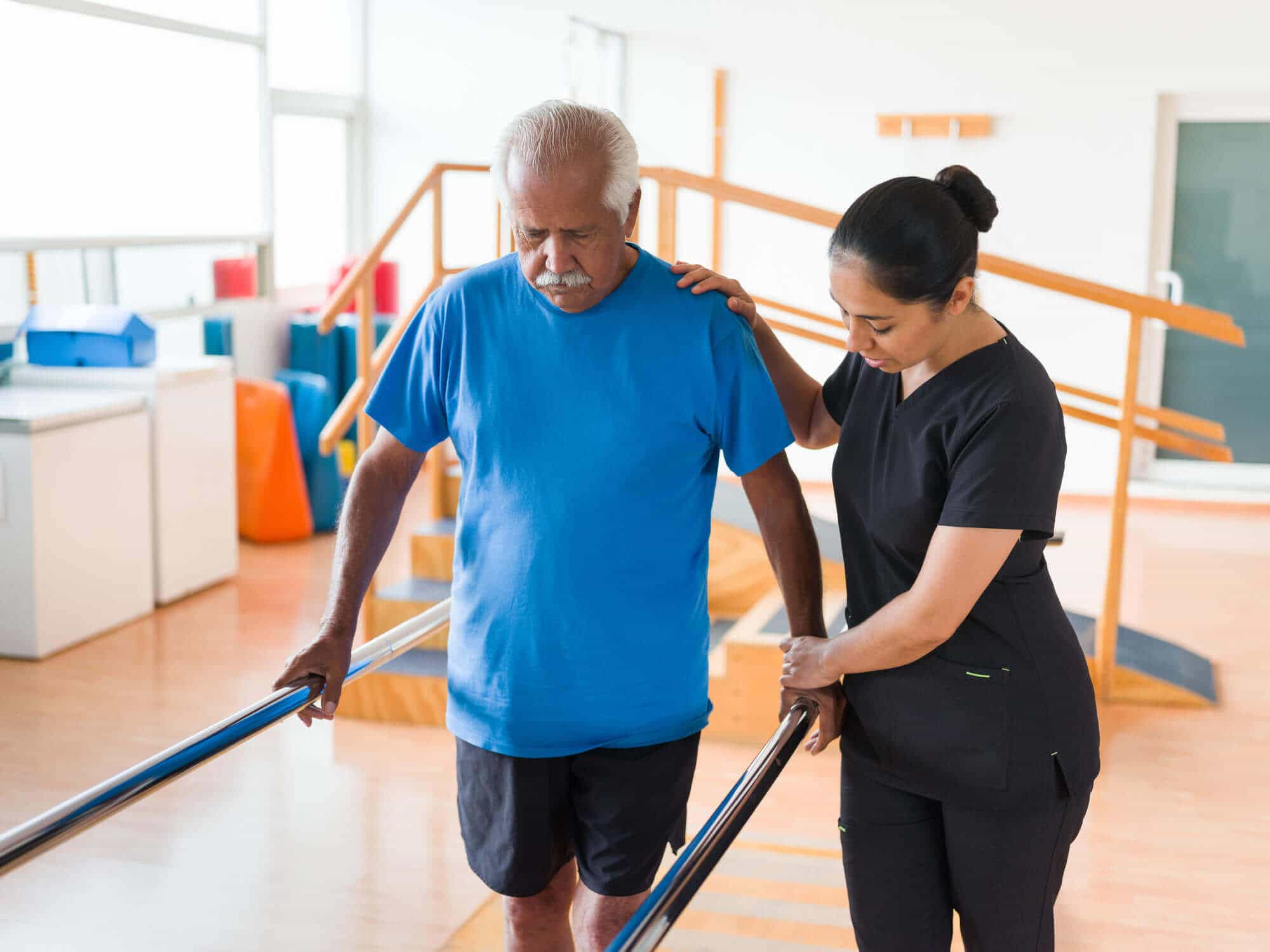The Impact of Surrounding Environments on Fitness Patterns and Activity Preferences
Wiki Article
This surrounding atmosphere around individuals holds a significant part in influencing our exercise routines and activity choices. Factors like the accessibility of recreational areas, fitness centers, and additional recreational amenities can motivate individuals to participate in physical activities. Urban areas often offer easy entry to fitness facilities and outdoor spaces, while rural locations may offer different options for physical activity, such as hiking or biking on trails. Understanding how these spaces affect our decisions can assist neighborhoods create better environments that encourage wholesome ways of living.
One key aspect of surrounding spaces is the idea of approachability. When individuals have easy reach to fitness facilities, they are more likely to engage in consistent exercise. For example, communities with recreational spaces and walking paths can motivate residents to go on daily strolls or participate in sports. On the other hand, if people live in locations without accessible fitness options, they may be less inclined to stay active. This highlights the need for urban designers and local leaders to prioritize the creation of reachable recreational spaces that cater to the needs of the community.
Another key consideration is security. Individuals are more likely to participate in public exercise if they perceive safe in more helpful info their environment. Brightly illuminated parks, maintained walking paths, and minimal crime rates can foster a inviting atmosphere for physical activity. Conversely, areas that are viewed as dangerous may deter individuals from participating in outdoor exercise, resulting to a sedentary way of living. Thus, enhancing safety measures in community areas can greatly impact community health by motivating more people to be engaged.
Another communal factor of fitness is also affected by neighboring areas. Collective exercises, such as group athletic contests or fitness classes, thrive in settings that encourage community engagement. Community halls, gyms, and parks can serve as this article gathering places where individuals come together and motivate each other to engage in physical activity. Community encouragement is vital for upholding exercise habits, and having accessible spaces where individuals can gather and engage in physical activities can boost enthusiasm and satisfaction.

Lastly, the visual appeal of surrounding spaces can impact fitness habits and preferences. Attractively crafted recreational areas, picturesque paths, and properly cared for fitness centers can inspire people to participate in exercise. When areas are aesthetically attractive, people are more likely to spend time there, engaging in fitness and leisure activities. Communities should focus on creating inviting settings that inspire individuals to discover various fitness options, making it simpler for them to include physical activity into their regular routines.